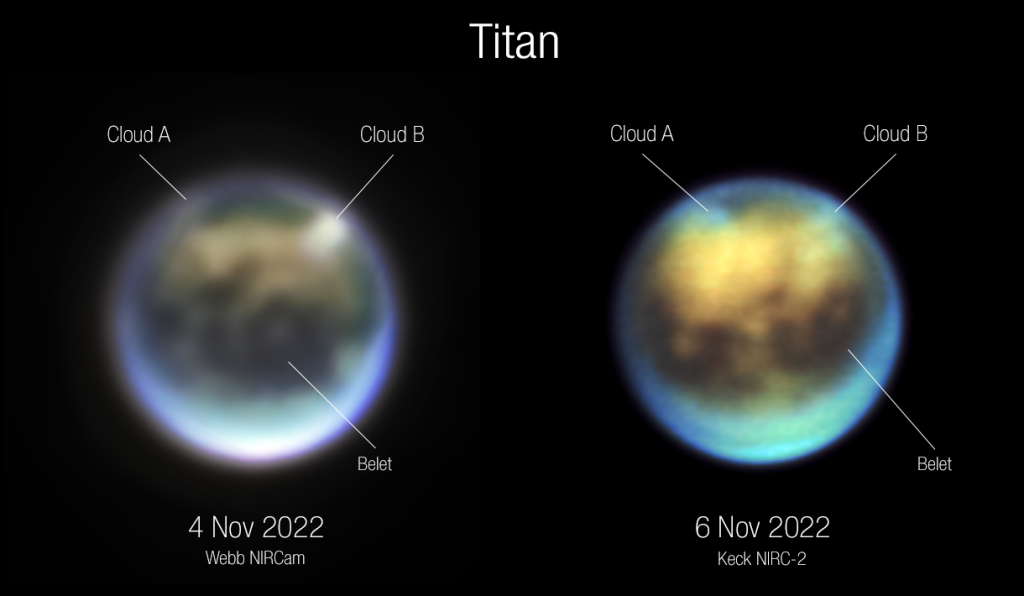Research Satellites
The Hubble Space Telescope and the James Webb Space Telescope are both advanced space telescopes differnt from others as they do research for us which are much differnt then the regular satellites like those used for communication or GPS.
The Hubble space telescope was Launched in 1990 and since then it has discoverd trillions of galaxies like the milky way. The hubble has been used to capture differnt stars and galexies our universe has.
In 2021, James Webb Space Telescope was launched but was created to not orbit Earth. The telescope is positioned at the second Larges point which is approximately 1.5 million kilometers from Earth. James Webb Space Telescope is designed to observe objects that are old and only Hubble can see.
Hubble Space Telescope as well as James Webb Space Telescope communiate with Earth with systems that use basic principles of light and optics, similar to what we have learned in Science class. Both telescopes gather light from planets and stars using large mirrors and lenses. Hubble uses a series of mirrors such as concave mirrors that focus light. Lenses are also used to direct and focus the light it collects from stars and galaxies which forms clear images. The mirrors reflect light in a way similar to how a plain mirror reflects your image, but they are shaped to concentrate light to a single point for more detailed observations.
Once Hubble and Webb have captured the light and processed the images, the images are recorded as digital data. This data is then sent back to Earth using radio waves which is a form of light that can travel long distances through space. These radio waves are transmitted directly to antennas on Earth.
By using lenses and mirrors to focus and change light, both telescopes are examples of how Science uses lenses like we discussed in class.
Most people don’t know about all the break through science that that James Webb Telescope is achieving about both our solar system and the universe. The JWST is so valuable that researchers have to book time with it. A example of this would be the Titan Climate, Composition and Clouds project. Titan is a moon of Saturn that is almost twice the size of the Earth’s moon. Titan is an interesting moon because it has an atmosphere of Nitrogen similar to Earth.

References:
NASA. (n.d.). Hubble Space Telescope. https://science.nasa.gov/mission/hubble/overview/about-hubble/
NASA. (n.d.). James Webb Space Telescope. https://www.jwst.nasa.gov/index.html
Space Telescope Science Institute. (n.d.). JWST Program Information. https://www.stsci.edu/jwst/science-execution/program-information?id=1251